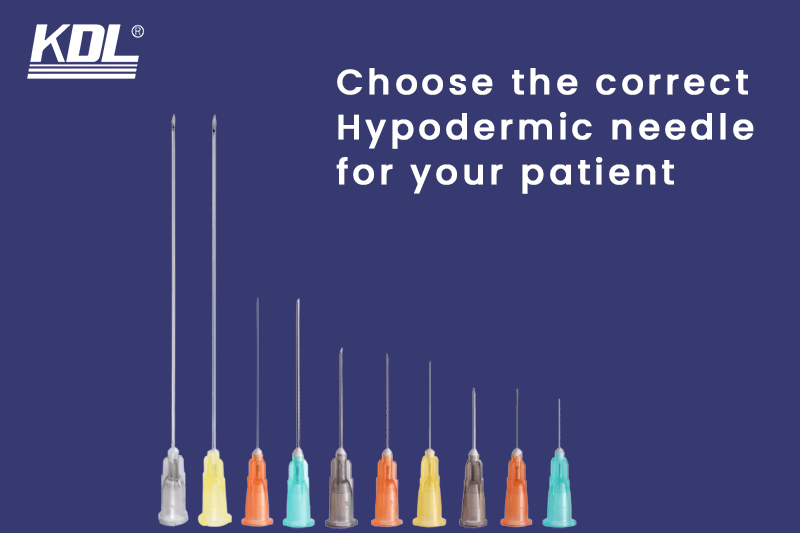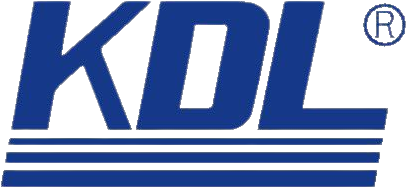
A hypodermic needle is a hollow needle used with a syringe to inject substances into the body. The term hypodermic consists of two words- “hypo” which means under and “dermic” which means skin. The hypodermic needle is used to extract substances from the body. Hypodermic needles are used to provide patients with liquids that cannot be consumed orally. There are two reasons for not consuming the liquid orally- one is that the liquid cannot be easily absorbed and secondly, the liquid might cause some damage to the liver.
A hypodermic needle is quite important for sterile conditions. It significantly reduces contamination during the inoculation of a sterile substrate in two ways. First, it that its surface is extremely smooth which prevents airborne pathogens from becoming trapped between irregularities on the needle’s surface. And, second, the needle’s point is incredibly sharp, which reduces the diameter of the hole remaining after puncturing the membrane. This prevents microbes larger than the hole from contaminating the substrate.
KDL is a leading Hypodermic needle manufacturing company that produces hypodermic pen needles for diabetic patients. We are one of the leading pen needle or syringe manufacturers supplier in the industry.
Who all uses hypodermic needle?
Disposable hypodermic needles and disposable hypodermic syringes are mostly used by medical professionals like dentists paramedics, nurses and physicians. It is also used by the patients themselves such as those having Type 1 diabetes or patients with asthma or other serious allergies. These patients use desensitized injections and sterile hypodermic needles, and occasionally it may also be necessary for them to bring injectable medications in case they experience serious allergic reactions.
What are the different types of hypodermic needle used by different patients
Different types of hypodermic needles (Pinprick Prevention Type) are used by different patients. Next up, we will discuss different types of hypodermic needles and their uses.
Intramuscular injections
This type of hypodermic needle is used to inject medicines directly into the patient’s muscles. The needle is inserted into the skin at a 90-degree angle while injecting any substance. This type of hypodermic needle is generally long in size and a gauge of 20 grams to 23 grams works fine for these needles. However, some practitioners also use 25 to 29 grams gauges depending upon the patient’s diverse needs. People with specific conditions such as sclerosis and rheumatoid arthritis use intramuscular injections at home.
Intradermal needles
Intradermal Hypodermic needles are injections in which a small amount of medication is injected into the skin, specifically into the dermis layer, which is just below the surface layer of the skin. These injections are mostly used for tuberculin skin testing, allergy testing, and for injecting local anesthesia. Intradermal injections have a small short needle that is inserted in the skin of the patients at a shallow angle. The injection is typically injected on the inner forearm just below the elbow. As compared to other injections, intradermal injections use a smaller amount of medication and therefore, they are generally considered to be safer, less invasive and have fewer side effects.
Winged needles
Winged needles are also known as butterfly needles. These types of needles are used for venipuncture or drawing a patient’s blood. As the name suggests, the winged needles have wings that provide a good grip to the healthcare provider during insertion and removal of the needle. Moreover, the small size of the needle makes it useful for accessing veins in the hand or other small spaces.
Intravenous needles
These hypodermic needles are used to inject medicines, medication, fluids, or blood products directly into the veins and then the medicines enter the bloodstream. Intravenous needles consist of a thin, hollow needle attached to a flexible plastic or rubber tube. Intravenous needles are typically inserted into the veins of arms, hands, and feet. IV needles come in various sizes, depending on the patient’s age, size, and the purpose of the infusion. IV hypodermic needles come in various sizes, depending on the patient’s age, size, and the purpose of the infusion.
Subcutaneous needles
The term subcutaneous means “under the skin.” As per its name, this type of hypodermic needle is used to inject medicine and fluids under the layer of tissues called the subcutaneous layer. This layer is present between the skin and muscles. These types of hypodermic needles and syringes are used for injecting insulin in diabetic patients. Contrary to intramuscular needles, which are intended to deliver medication directly into the muscle, subcutaneous needles are often shorter and thinner.
Moving ahead, we are going to take you through a hypodermic needle gauge chart to understand them well.
Hypodermic needle guage chart
| Hypodermic needles | Guage |
| Intramascular injections | Between 20 grams to 29 grams |
| Intradermal needles | Between 25 grams to 30 grams |
| Winged needles | Between 18 grams to 27 grams |
| Subcutaneous needles | Between 25 grams to 31 grams |
| Intravenous needles | Between 20 grams to 25 grams |
Conclusion
These were some of the most common types of hypodermic needles (Intracardiac Needle) used by medical professionals for various purposes. It is important to note that the choice of hypodermic needle model depends on the type of injections, procedure and patient’s requirements. It is also very important that hypodermic needles should only be used by trained medical professionals who can handle sterile hypodermic needles and know how to use them well. You’ll find KDL pen needles and syringe to be your best choice for all of your needs. Connect with KDL if you wish to know more about us.
 +86-791-8686-1216
+86-791-8686-1216 

